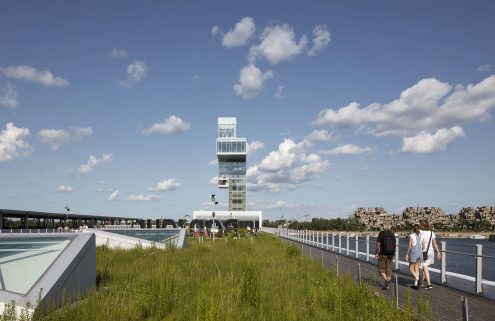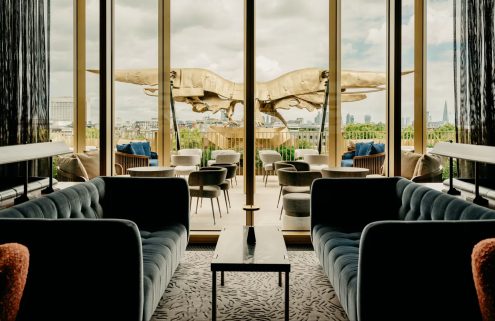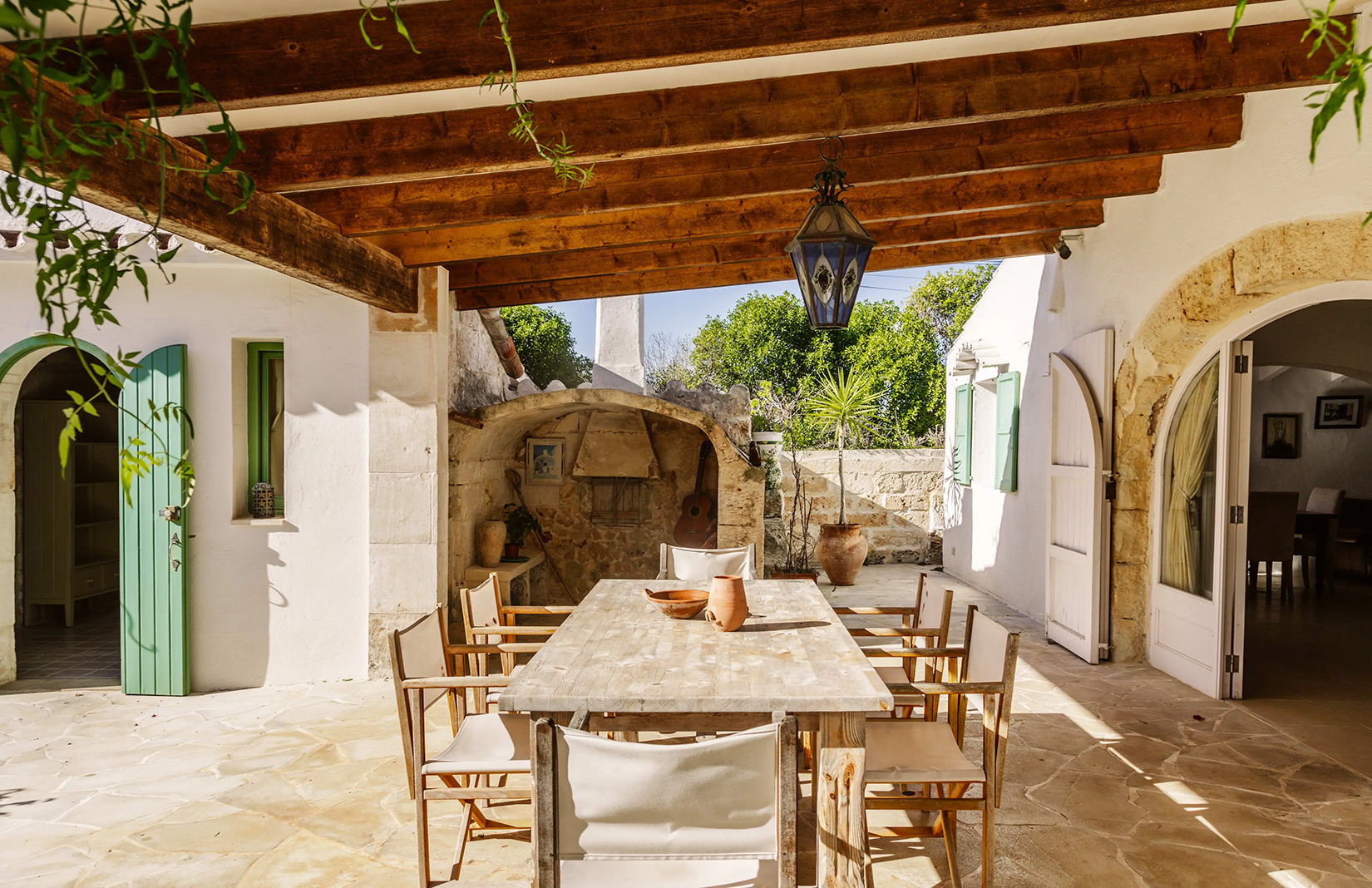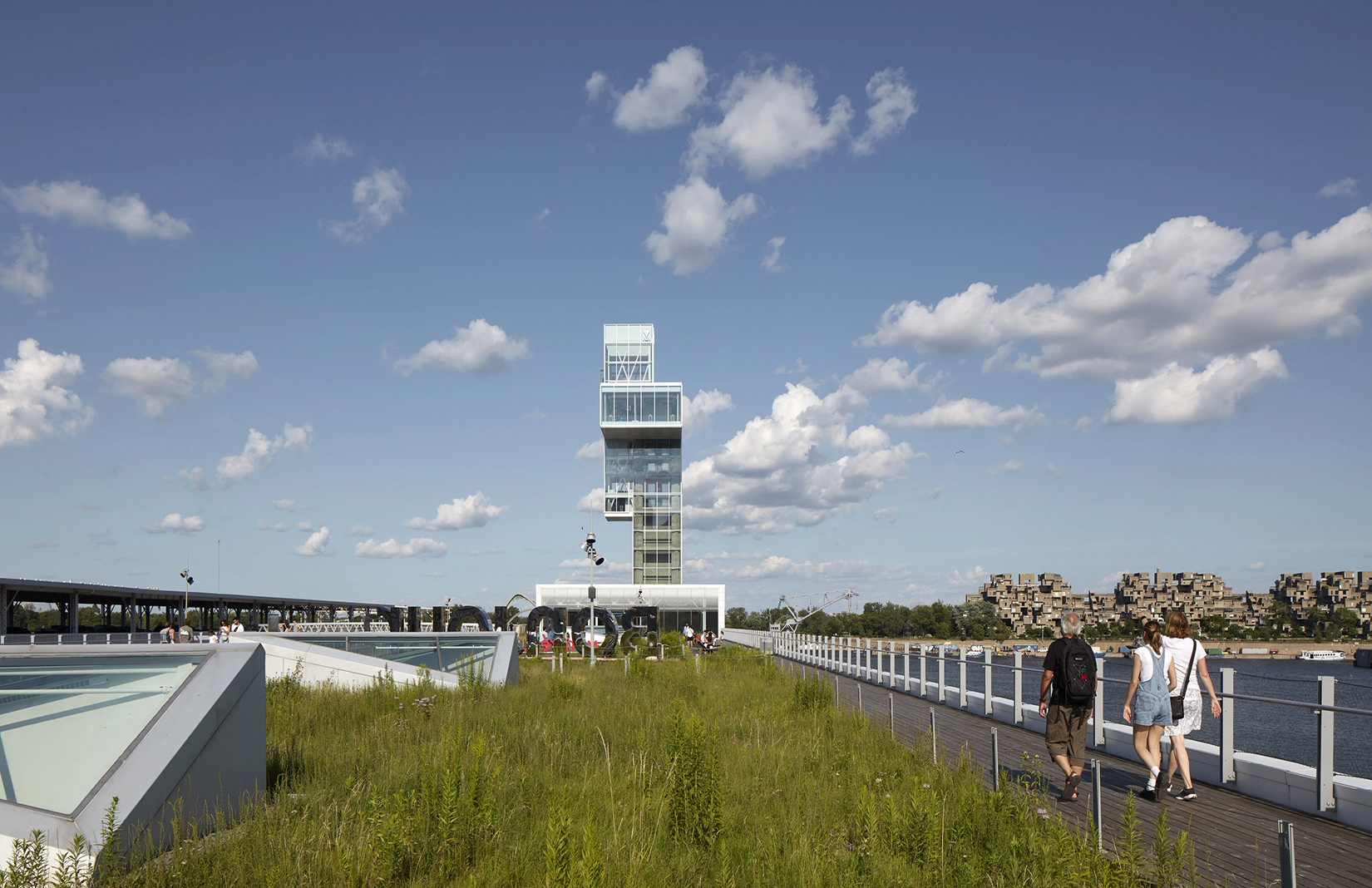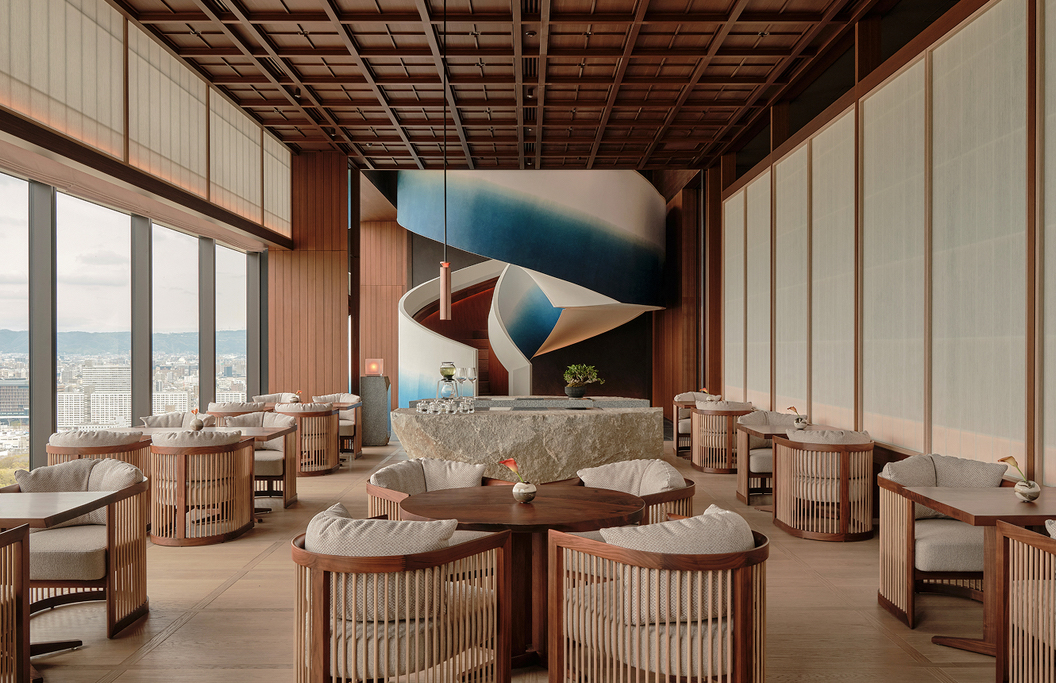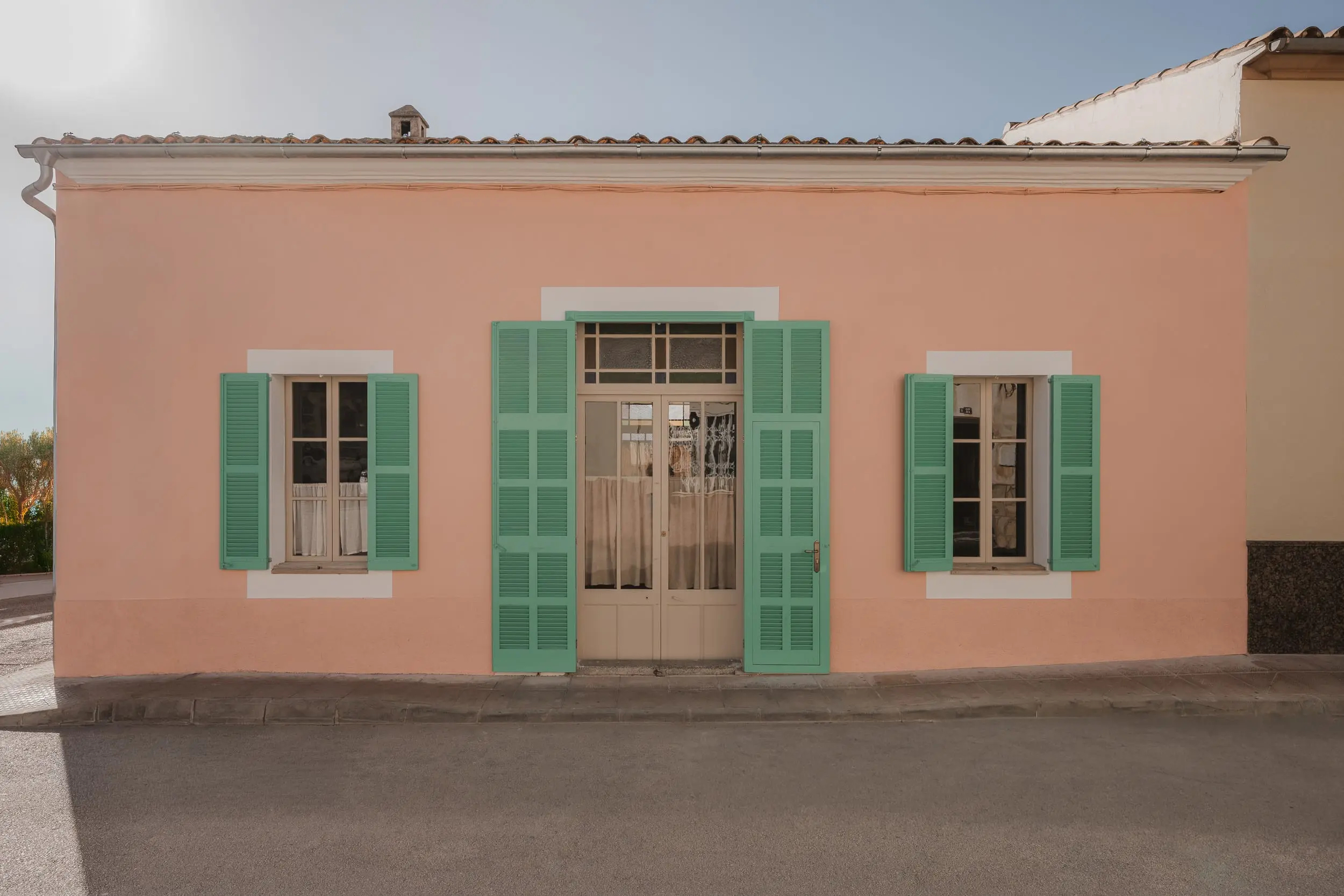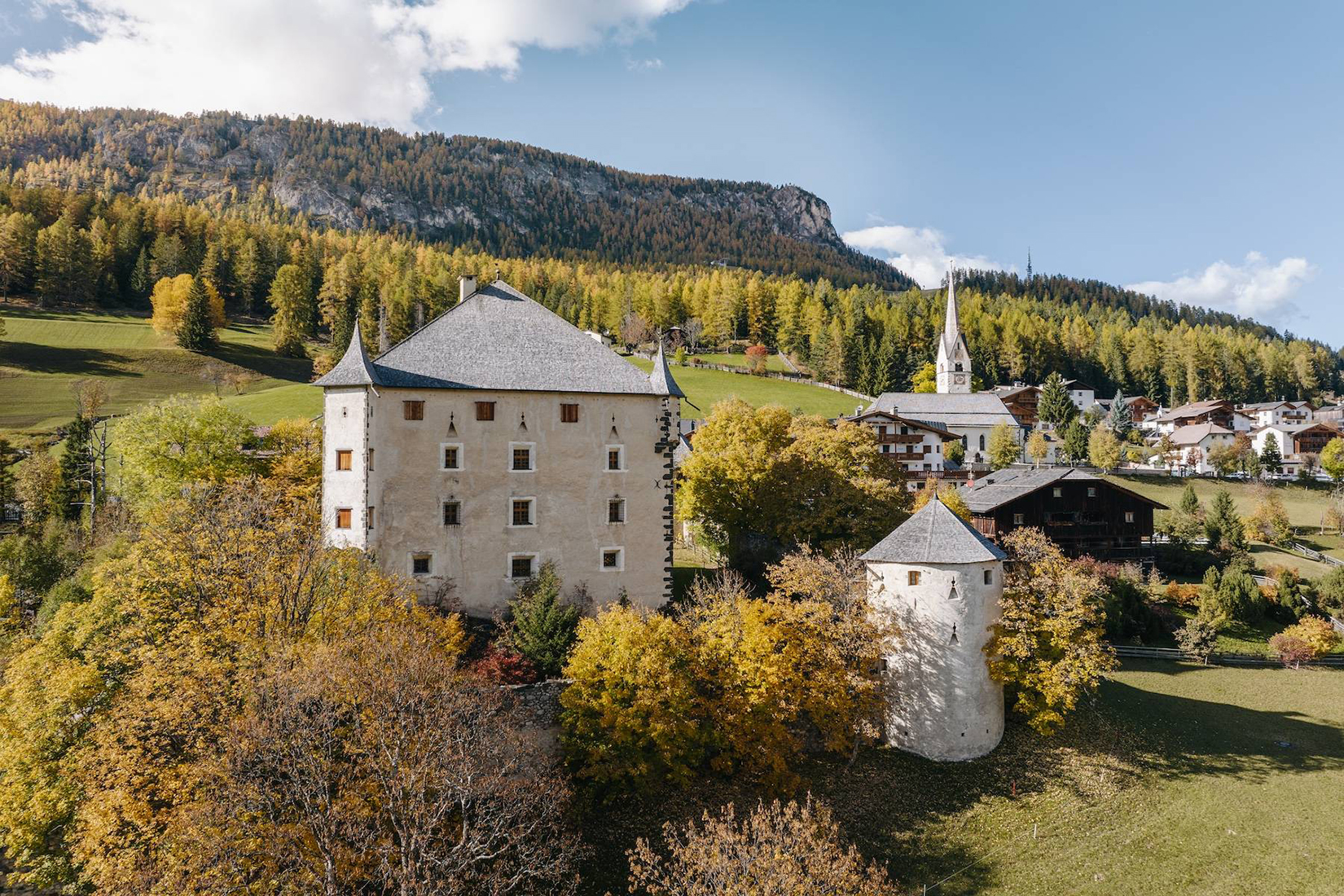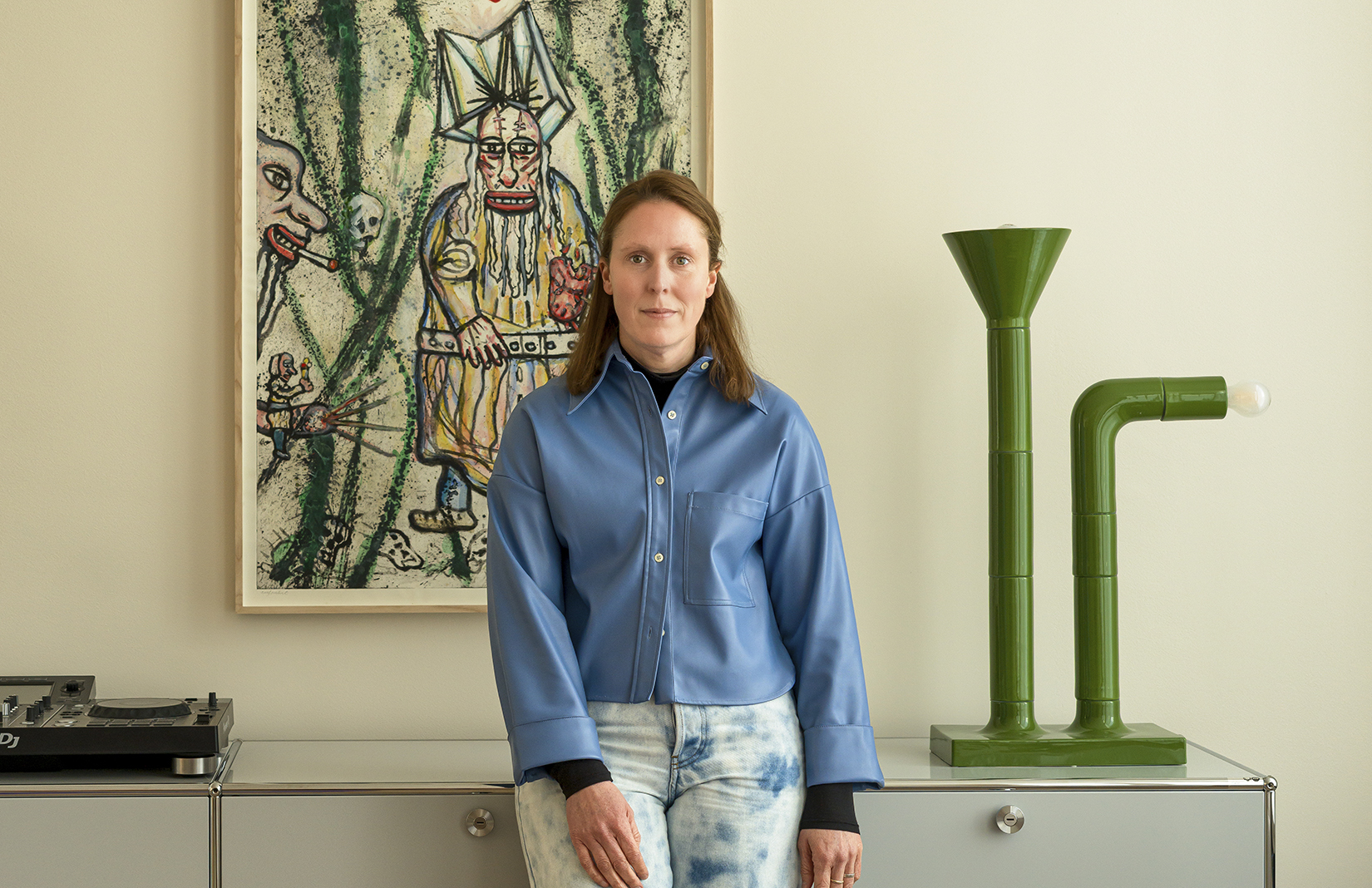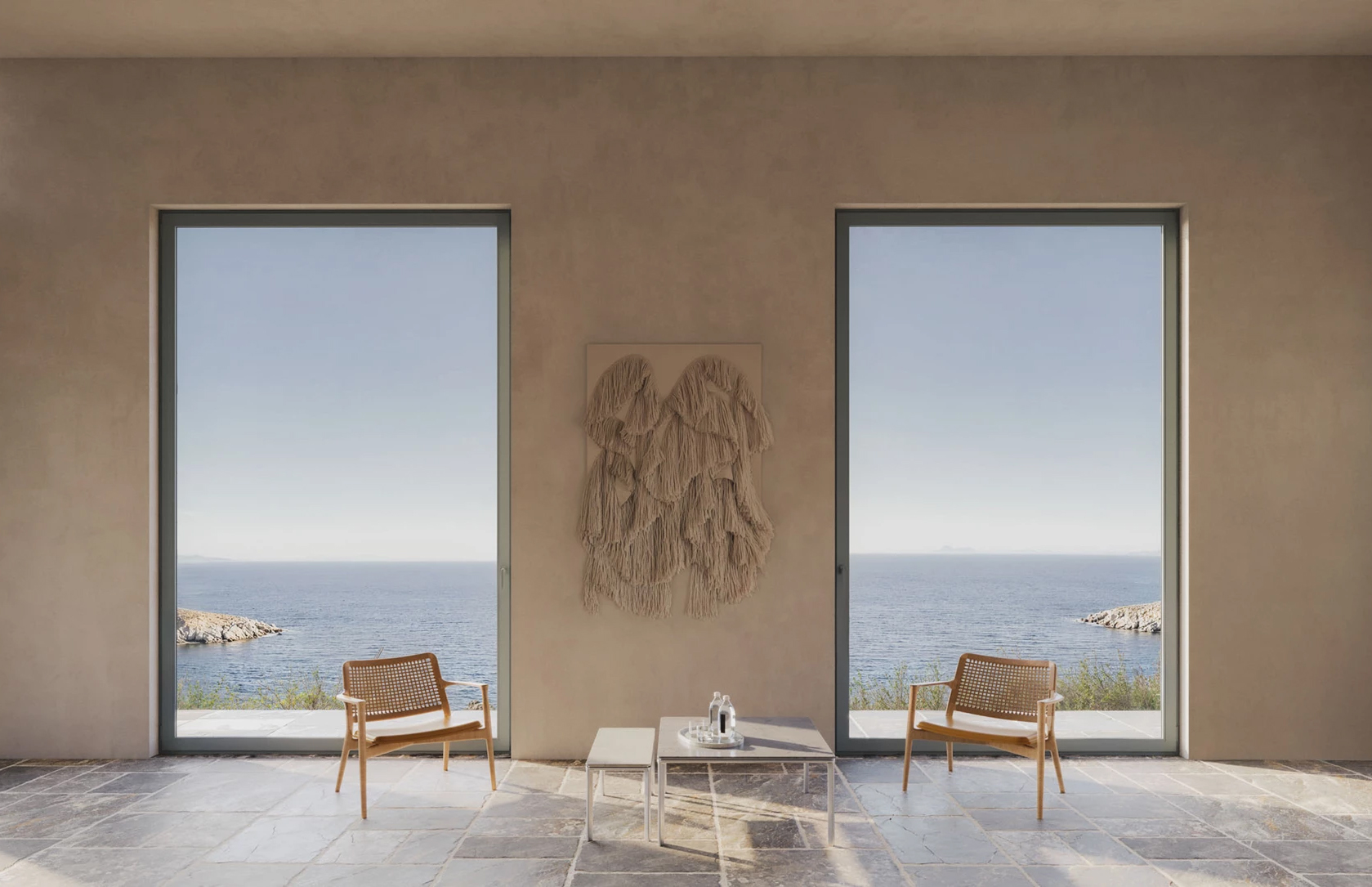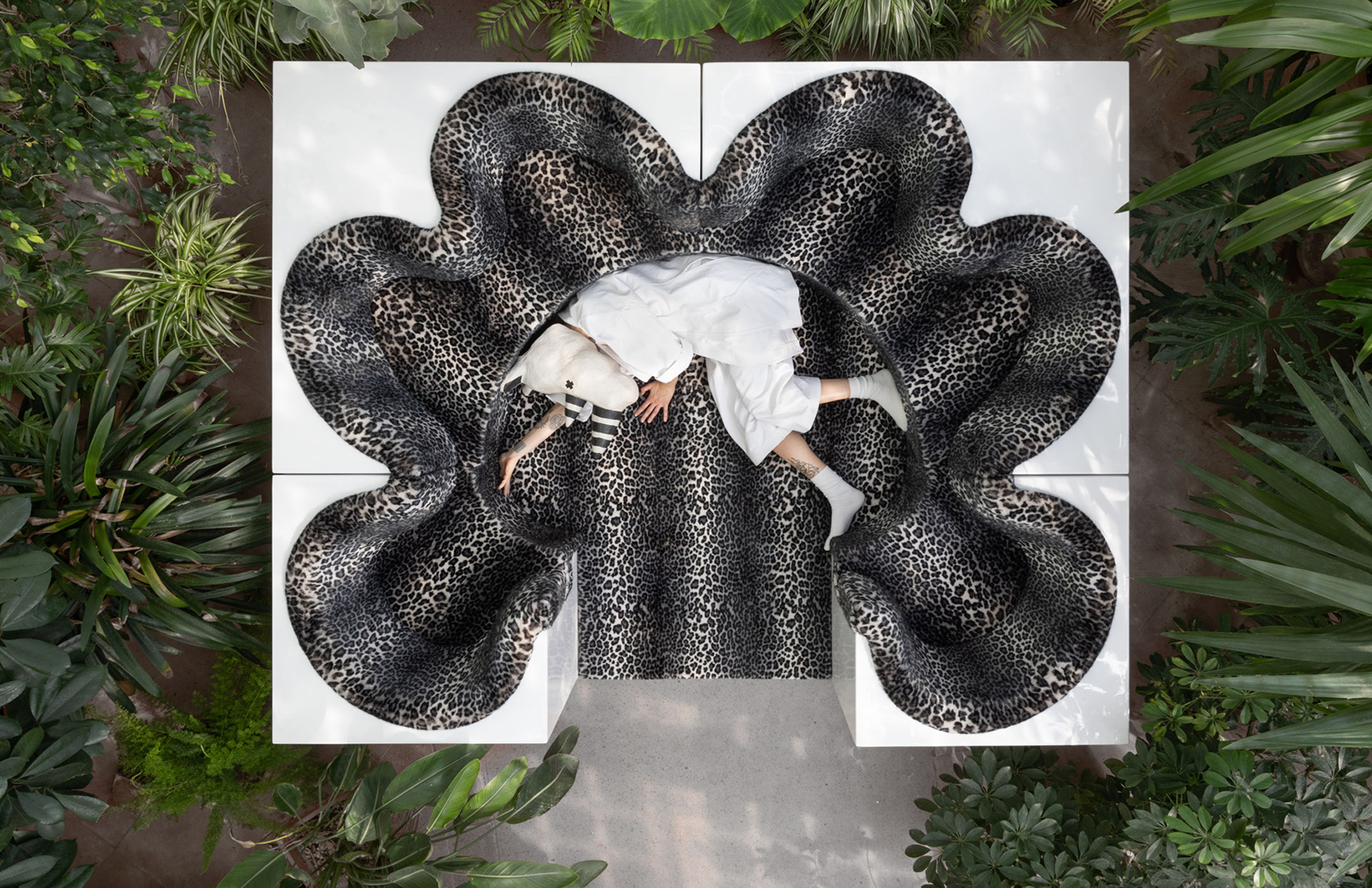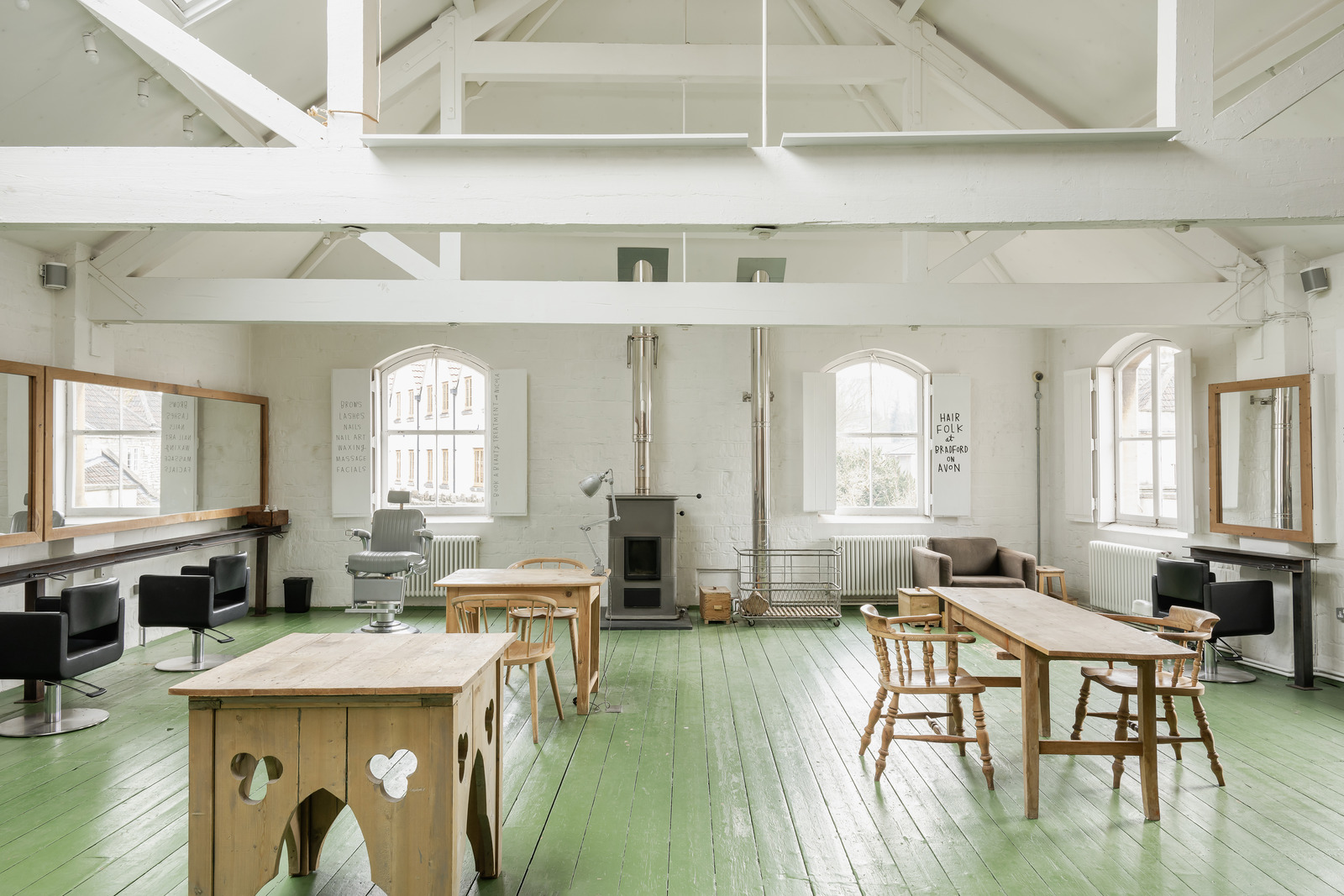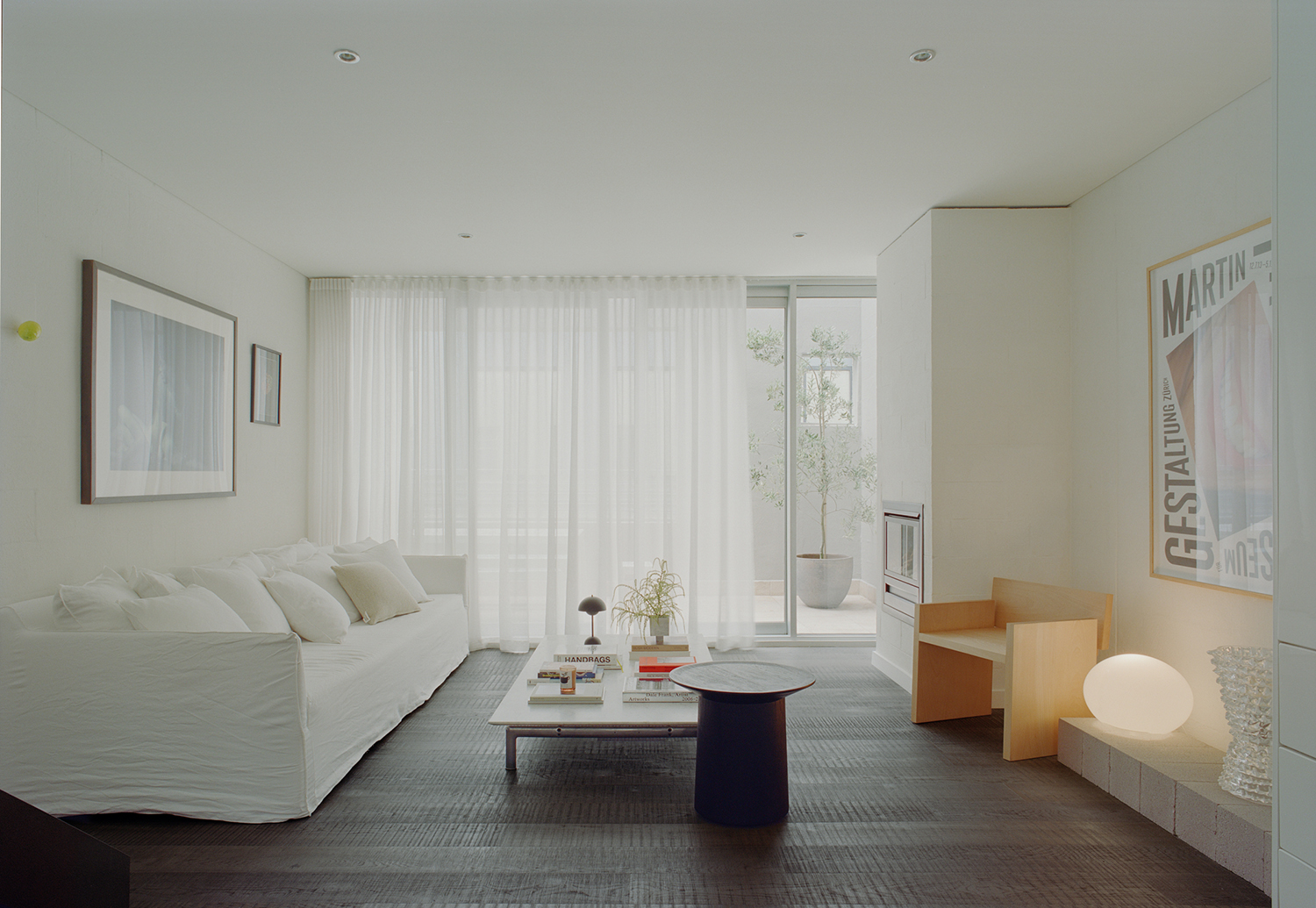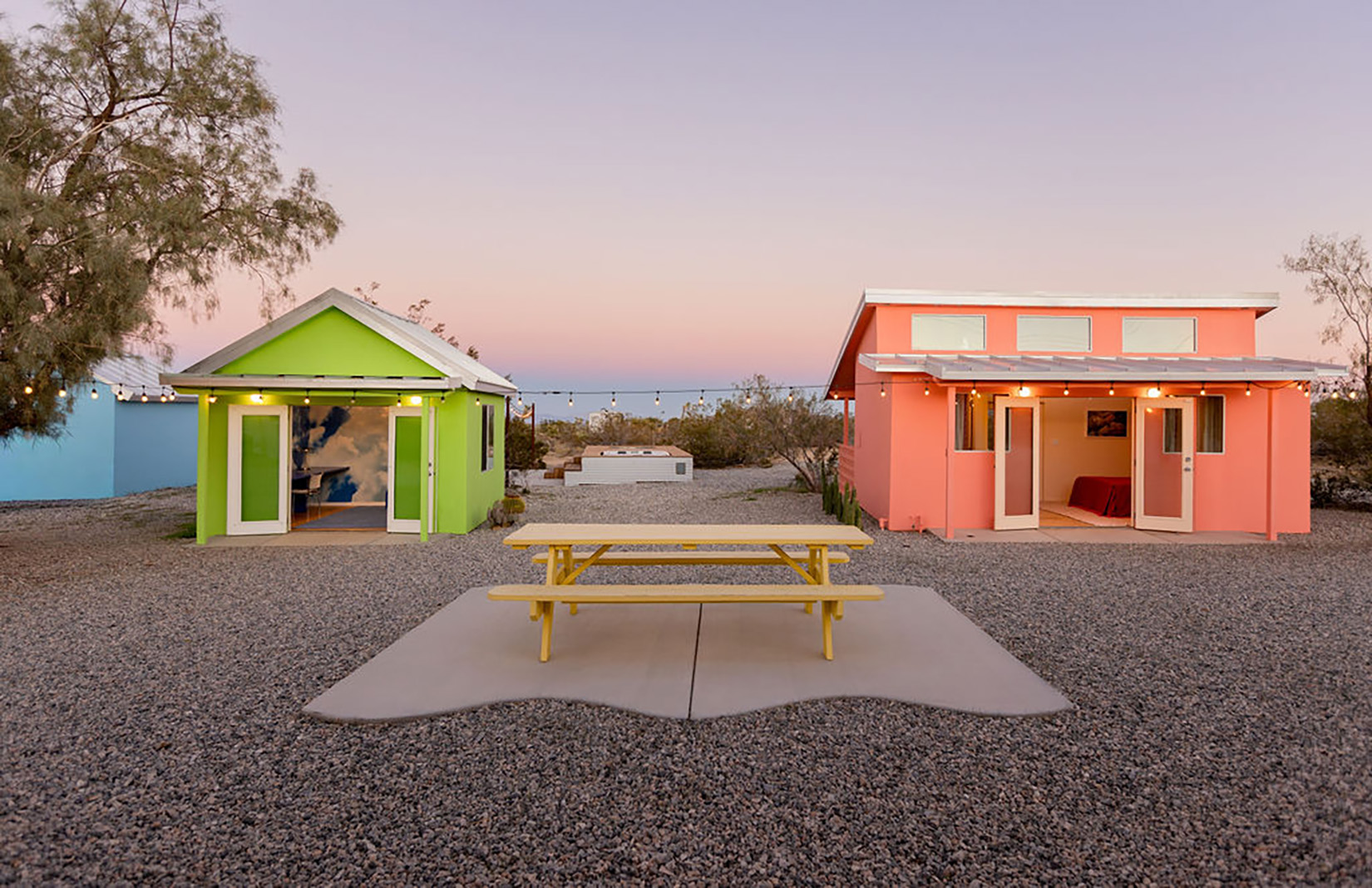
In the heart of the London borough of Greenwich, a decorative, latticed tower stands proud. It is skeletal, raw, and—in the words of the designer—’intentionally naked’.
An homage to the scale, beauty, and simple ingenuity of timber construction, Studio Weave’s 33 is open to the elements and, indeed, the public, with the inner workings of the structure on show for all to see.
The fact that the three-storey viewing pavilion is designed to resemble a typical Victorian terraced house is about more than just creating a relatable aesthetic. The tower showcases a building material that is becoming increasingly popular, particularly in the UK and Europe. It represents an industry shift in sentiment around timber use, one that is starting to encourage developers to, quite literally, think outside the box.
From lower carbon emissions to faster construction schedules—not to mention creating spaces that bring a greater sense of nature and well-being to those who spend time in and around them—the benefits of looking beyond more commonly used materials such as steel and concrete have sparked a wave of ambitious, new developments.

The Black & White Building, London’s tallest mass timber office in Shoreditch, designed by Waugh Thistleton Architects, and Paradise SE11, Bywater Properties’ 6-storey, 63,400 sq ft timber office, currently under construction in Vauxhall, are two prime examples of how the material is being successfully used in the UK capital. Further afield, the largest mass timber project in the world is set to break ground in Stockholm in 2027. When completed, the mixed-use district of Wood City will cover a massive 2.5m sq ft.
For decades, mass timber use in construction and development has not been top of the list for designers and developers—particularly in the UK and Europe—despite the swathes of benefits. And not without reason. Fear of getting caught up in lengthy, not to mention costly, insurance hurdles due to the potential for fire and water damage is a significant deterrent.
So why are we seeing a shift now? Is timber development getting less risky, or are designers and developers getting braver? And now that one such developer in Sweden is taking a punt on an entirely wooden district, could this open the floodgates for a very different style of placemaking and urban design in the not-too-distant future?
Risky business

On whether timber development is getting less risky, the insurance process has not significantly changed. It remains complex and lengthy. But what has changed is how patient some developers are prepared to be in order to get that insurance over the line, given an exponential and fast-growing increase in demand for sustainable buildings.
In any case, says Theo Michell, chief operating officer and co-founder of Bywater, which is developing Vauxhall’s Paradise Project, due to open next year, complex does not mean impossible.
‘There is a perception that timber buildings might be uninsurable,’ he says. ‘In our experience, the process has been complicated and technical, but not insurmountable. It has been more intensive and expensive than we would normally expect for a conventional building. But, in our judgment, not markedly. And certainly not to the point that the project is not is not viable.’
Not least given the number of offsets that can be made against the higher outlay. ‘Our calculations indicate that building in wood is cost-neutral compared to conventional construction,’ says Annica Anas, chief executive of Atrium Ljungberg, the developer behind Wood City in Stockholm. ‘More expensive materials and processes are offset by shorter construction times. Then there is the profitability potential of creating environments where people will really want to live and work.’
Therein lies the biggest driving force behind the growing popularity of mass timber development: demand.

Healthy architecture
Apart from the climate credentials—properly harvested timber deployed in projects where there are end-of-life plans for its re-use will result in fewer carbon emissions than using other materials—there are also well-being benefits to be considered.
‘There are many tangible benefits of wooden buildings,’ says Anas. ‘Research clearly shows that they provide better air quality, reduce stress, increase productivity and store carbon dioxide throughout the time they are in use. Building in wood also means quieter construction sites and a reduction in the amount of heavy goods transported over the course of the construction period— particularly important when building in existing environments where people already live and work.’
Michell agrees, adding that apart from addressing the carbon issue, Bywater is also using timber to elevate tenant experience. ‘We are interested in the occupier experience of being in an exposed timber space,’ he says. ‘The science around biophilic design is still at a relatively early stage but there is some interesting research around the benefits of working in a natural environment and what it means to be in a timber space as opposed to, say, a painted plasterboard space.’

Timber also looks good. It has a warm, natural quality. Taking The Black & White Building as an example, a timber structure can take on a decorative quality in its own right, without the need for additional embellishment. As Waugh Thisleton says of the Shoreditch office space, ‘the design is expressed through the constituent parts, avoiding excess or unnecessary architectural flourishes. The beauty of the completed building stems from the inherent qualities of each layer and each material without decoration.’
So, insurance is not insurmountable, the benefits are many and tenant demand continues to grow. Yet one major question remains. People understandably want to be reassured that mass timber developments are safe. That is, after all, the reason why the aforementioned insurance is so tricky to get over the line. Or is it?
Misconceptions

‘In an office context, the insurance issues are not based on a concern around life safety,’ says Bywater’s Michell. ‘It is more about insuring against the loss of the building.’ As Atrium Ljungberg’s Anas adds, the wood used in mass timber development is tailored for purpose. ‘Solid wood forms a protective char layer on the surface that retains much of its load-bearing capacity, contributing to a safer structure.’
And there is a further misconception, says Michell, that fire actually is the greatest risk factor. ‘The biggest set of technical challenges are probably around water,’ he says. Insurance stats around claims – certainly on commercial buildings – relating to water are far more frequent.’
With more work being done around demystifying the real pros and cons of timber as a material, more developers prepared to put in the time to get these schemes over the line and increased occupier demand, could the future of our spaces and places be set to take on a more wooden quality?
Anas certainly hopes so. ‘We have ambitious sustainability goals and to achieve these it is no good to be doing things in the margins. We must take bold, courageous steps and we need more people to be doing the same. We hope that with the Stockholm Wood City initiative we can inspire other real estate companies, both in Sweden and across the globe, to follow suit. Building with wood is certainly not a new concept but building with wood at such a scale has not been done before. With new technology in place and high demand from tenants for innovative, sustainable solutions, building with wood at this scale we hope this could be the future.’
